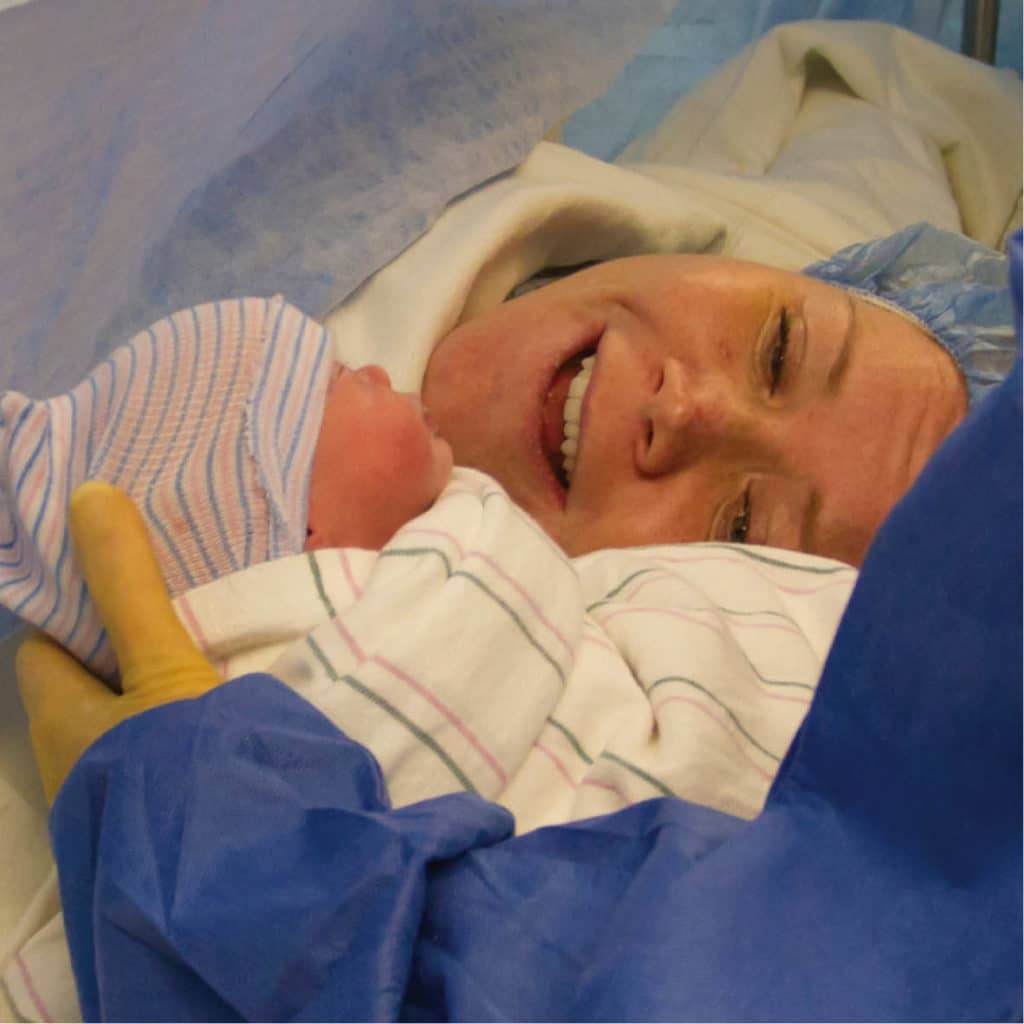Everyone has a good idea of how they want their birth to go by the time their due date is approaching but we all know that sometimes not everything goes to plan so it’s a good idea to know what to expect should things change.
Whether you’re having a planned C-section or you’re planning to give birth at home this week’s blog is worth a read for any expectant parent.
In this week’s blog we’re talking all about C-sections, how they happen and who’s in the room at the time.

A caesarean section, or C-section, is an operation to deliver your baby through a cut made in your tummy and womb.
The cut is usually made across your tummy, just below your bikini line.
Around 1 in 4 pregnant women in the UK has a caesarean birth.
Some women plan to have a C-section; others need to have one, which they hadn’t planned which is an emergency C-section. A caesarean is a major operation that carries a number of risks, so it’s usually only done if it’s the safest option for you and your baby.
Most caesareans are carried out under spinal or epidural anaeste epidural anaesthetic. This means you’ll be awake, but the lower part of your body is numbed so you will not feel any pain.
During the procedure:
– a screen is placed across your body so you cannot see what’s being done – the doctors and nurses will let you know what’s happening
– a cut about 10 to 20cm long will usually be made across your lower tummy and womb so your baby can be delivered
– you may feel some tugging and pulling during the procedure
– you and your birth partner will be able to see and hold your baby as soon as they have been delivered if they’re well – a baby born by emergency caesarean because of foetal distress may be taken straight to a paediatrician for resuscitation
The whole operation normally takes about 40 to 50 minutes.
Occasionally, a general anaesthetic may be used, particularly if the baby needs to be delivered more quickly.
Who’s in the room?
During a C-section there’ll be a lot of people in the room so here’s a run down of who may be there helping to deliver your baby:
- your birth partner should be allowed to be with you (unless you need general anaesthetic)
- a midwife
- a consultant obstetrician or registrar
- an anaesthetist
- an anaesthetic nurse
- a scrub nurse
- a theatre nurse
- a paediatrician
- medical students (with your permission)
It can be daunting to lie down in a room filled with people when you don’t know why there are there and if you’re having an emergency C-section there may not be time to ask as many questions as you might like.
For more information speak to your midwife and click here for NHS information on recovery and risks.
